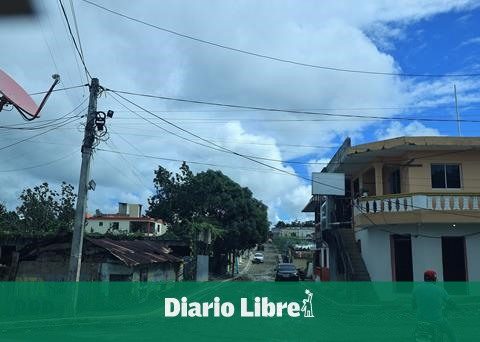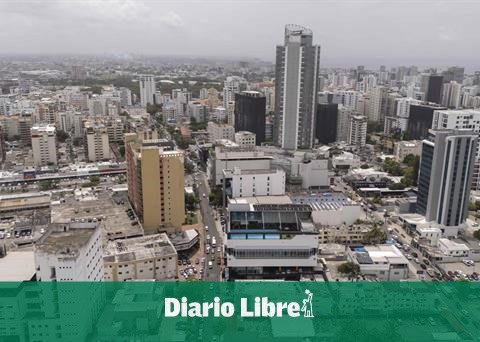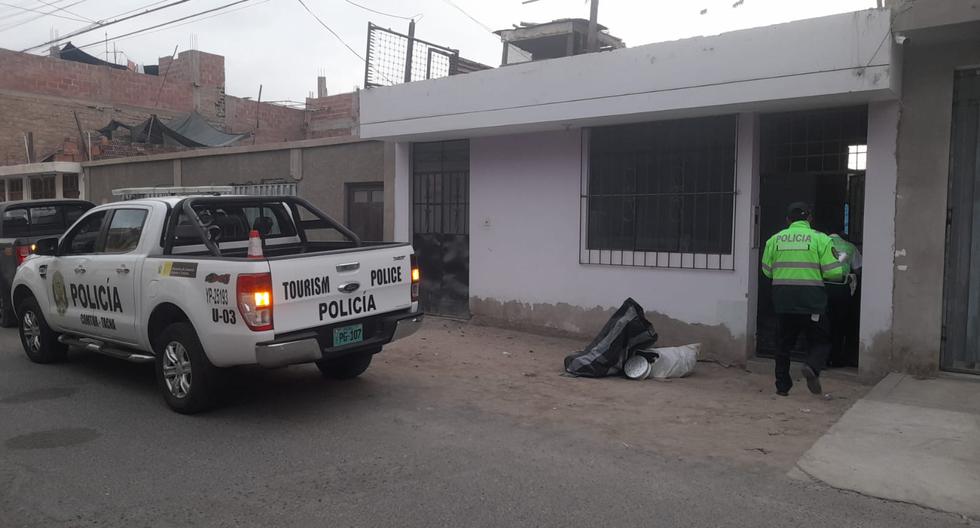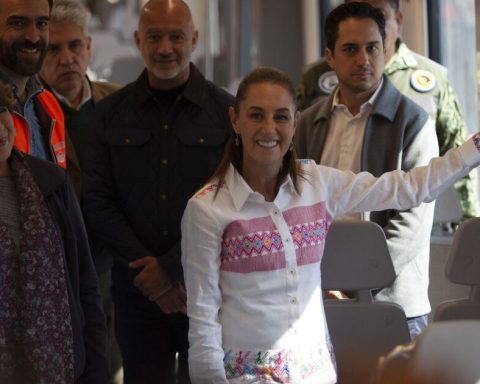As of 2023, a greater diversification of the energy generation matrix in the country is expected with the increase in sustainable projects, reducing dependence on the use of derivatives of Petroleum.
The Dominican Association of the Electrical Industry (GOODBYE) reported yesterday that 2022 concluded with a growth in the participation of renewable energy in the electricity generation matrix, so that they already equal the production with derivatives of the Petroleum.
In its year-end report, the entity highlighted that this year the energy was supplied in the National Interconnected Electric System (SENI) by the following primary sources: natural gas 39%, coal 30%, derived from Petroleum 15%, water 6%, biomass 1%, wind 5% and sun 3%.
He also indicated that the electrical system currently has 833 megawatts (MW) of renewable energy large-scale unconventional plants in operation, of which 370 are wind, 433 solar photovoltaic and 30 biomass-based.
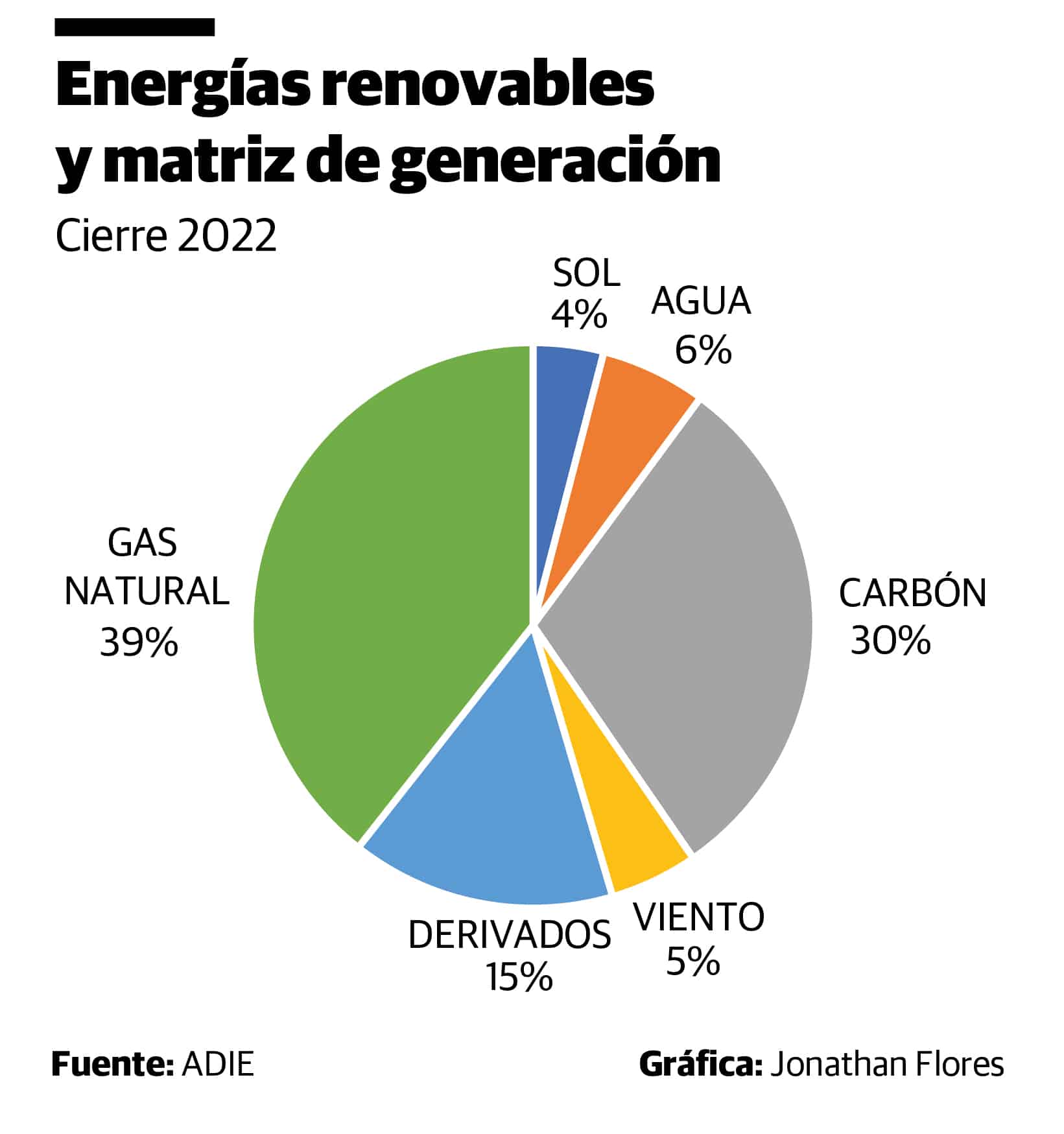
The ADIE attributes the growth in the contributions of renewable generation to the joint work between the Government and the private sector, which has made “important” investments in recent years in projects that are regional benchmarks in terms of capital transfer and technological development.
“Thanks to the efforts of the private sector, with the encouragement of the government, the country has reached record levels in the participation of renewable energy unconventional, which until a few years ago was non-existent”, highlighted ADIE.
Next years
The union’s report forecasts that by the end of 2023 or the beginning of 2024, the country will have more than 1,336 MW of non-conventional renewable energy and in the coming years the renewable energy outperform those derived from Petroleum as a source of electricity generation.
He highlighted that 12 electricity generation parks with renewable sources are under construction in the country that will contribute an additional 503 MW to the 833 MW currently enabled, which could be operating in 2023 or in the first quarter of 2024.
The awarding of new projects in Manzanillo, Montecristi, which will contribute 800 MW to SENI, which will be added to another 800 MW that are under construction, was described as a milestone in the country’s electrical history, increasing firm energy capacity in more than 1,600 MW by the end of 2024 and 2026.
39%
of the energy supplied through SENI in the country is generated with natural gas.
The ADIE reaffirmed the trust and commitment to the country and its economy to mobilize resources in generation projects that guarantee the energy of the present and the future.
decades of evolution
“The generation based on renewable energy Non-conventional products have had significant growth in recent years, thanks to the efforts of the private sector, with the encouragement of the government”, said ADIE. “The country has reached record levels in the participation of non-conventional renewables, which until a few years ago was non-existent.”
In the last decade, the generation matrix has diversified significantly, driven by private investment. In the year 2000, 88% of it was made up of derivatives of the Petroleum.
After the first investments that followed the capitalization process, specifically in 2004, 72% of the energy was produced with derivatives of the Petroleum: 4% with natural gas, 12% coal and 12% hydroelectric.
Currently, more than 90% of the energy is generated by plants built or repowered after the reform and capitalization process.
The ADIE highlighted that in order to continue improving the electrical system, adequate planning is necessary to avoid situations, both predictable and unexpected, that negatively impact the actors.
The ADIE assured that the electricity sector promotes the country’s development hand in hand with the private sector and executes important investments in projects that are regional benchmarks in terms of capital transfer and technological development. He also highlighted that sustainable projects contribute to the communities where they are located.





